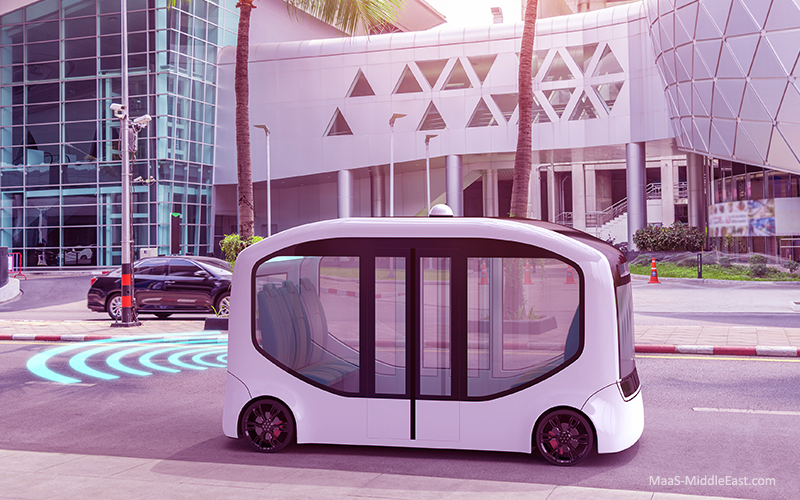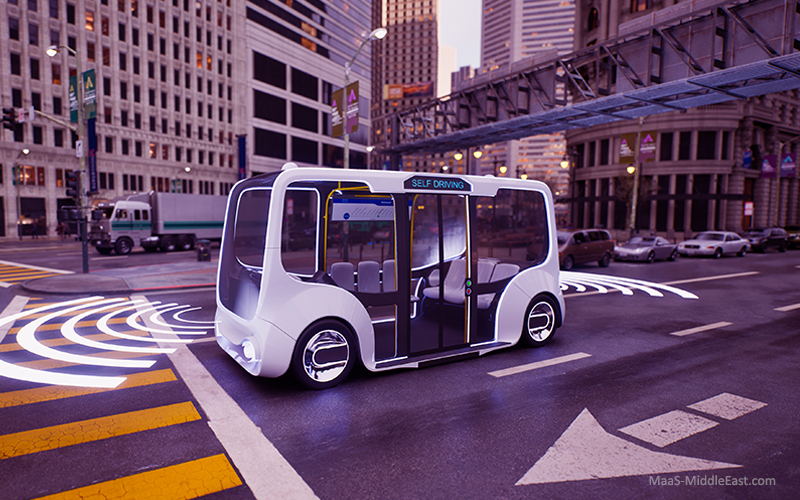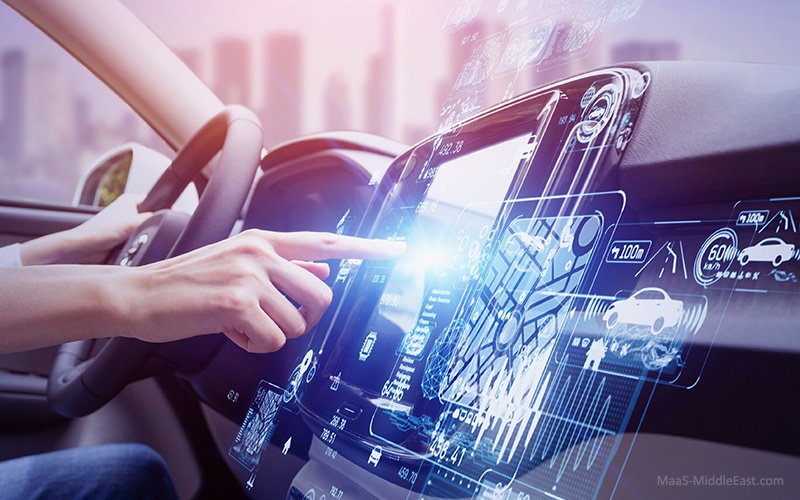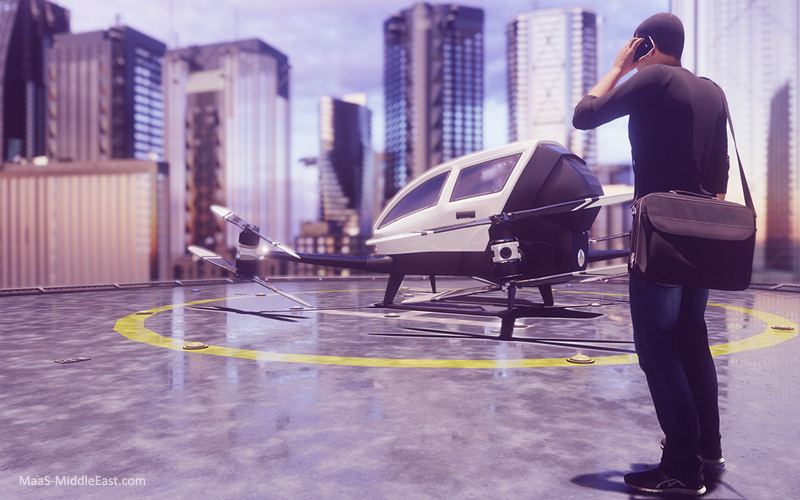If you are an enthusiast and a keen follower of the progress of robotaxis and driverless cars in general, you might have thought that the year 2023 was when autonomous mobility hit a pause. After several incidents with GM’s Cruise last year, ranging from traffic jam meltdowns to collisions with pedestrians on the roads, the outlook for self-driving mobility was not looking bright. However, this year, things have changed, and it appears that all key players in autonomous mobility development are gearing up to accelerate their self-driving programs, including robotaxis.
Who are the Major Players in the Robotaxi Race?
Several companies are at the forefront of developing and deploying robotaxi services:
- Waymo: A subsidiary of Alphabet (formerly Google), Waymo is a pioneer in self-driving car technology. They offer ride-hailing services with Waymo One in California, aiming for a gradual expansion. The recent investment of $5 Billion from Alphabet shows a promising confidence on the Waymo project.
- Baidu Apollo: A Chinese tech giant, Baidu operates robotaxis in over ten Chinese cities, boasting the largest fleet globally. Their Apollo program also provides technology to numerous car manufacturers. With more than 500 driverless cars operating in Wuhan city alone, Baidu Apollo has already conducted autonomous trips covering more than 100 million kilometers.
- Cruise: This San Francisco-based company recently resumed robotaxi testing after an accident last year. Last year, Cruise have partnered with the Road and Transport Authority in Dubai (RTA) to start Autonomous Vehicle (AV) testing on the roads of Dubai ahead of an anticipated large scale implementation in the upcoming years.
- Zoox: Recently acquired by Amazon, Zoox is preparing to launch its unique, bidirectional robotaxi service. Their vehicles are designed specifically for autonomous driving.

Other Notable Companies Developing Driverless Taxi
- Wayve: A UK-based self-driving startup founded in 2017, Wayve is developing what they call a ‘next-generation AI-centric approach,’ or AV2.0. This promising startup has caught the attention of Microsoft and Nvidia, who have jointly invested over $1 billion in this UK AI firm.
- Pony.ai: Focuses on safety and accessibility in their autonomous driving solutions. They might be developing features that prioritize pedestrian safety or offer ride-hailing options for people with disabilities.
- Didi Chuxing: Expertise in ride-hailing operations and data management could be crucial for integrating robotaxis into existing transportation networks. They might be developing software for seamless booking and dispatching of robotaxis.
- Tesla: Contribution lies in their advanced driver-assistance systems (ADAS) and autopilot technology. While not fully autonomous, Tesla’s systems provide valuable data and insights for robotaxi development.
- Ford (through Argo AI): Partnership with Argo AI allows them to leverage expertise in simulation and development tools for self-driving vehicles. Argo AI might be creating robust simulation environments to test and refine autonomous driving software.
- Hyundai: IONIQ 5 robotaxi platform showcases their commitment to developing dedicated vehicles specifically designed for autonomous operation. These vehicles might have unique features like redundant systems or improved passenger comfort for a robotaxi experience.
- Volkswagen: Exploring autonomous driving through the ID Buzz model indicates their focus on urban mobility solutions. They might be developing robotaxi technology suited for congested city environments.
Main Challenges Facing Autonomous Mobility
While the future of robotaxi development seems promising, several hurdles need to be overcome:
- Safety concerns: Accidents involving Waymo and Cruise highlight the need for robust safety measures and rigorous testing. Consumer trust in the technology is paramount.
- Technological limitations: Robotaxi struggles with complex road situations like adverse weather, unexpected obstacles, and unclear lane markings. Further advancements are necessary for reliable performance in all conditions.
- Regulations and legal frameworks: Clear guidelines on liability, insurance, and safety protocols are crucial for integrating robotaxis into existing transportation systems.
- Ethical considerations: Decisions about prioritizing pedestrians or minimizing damage in unavoidable accidents will require ethical discussions.





